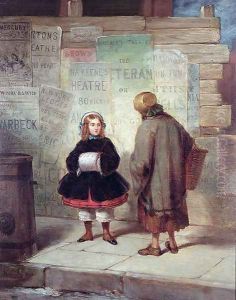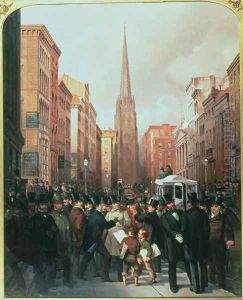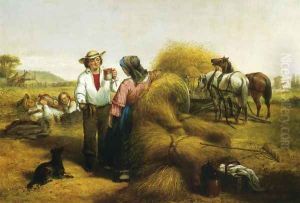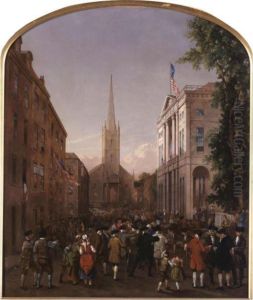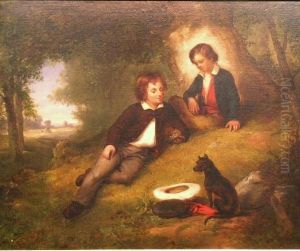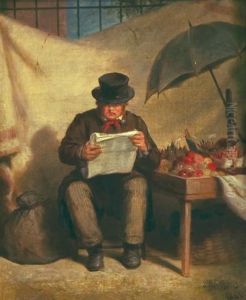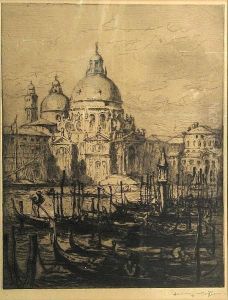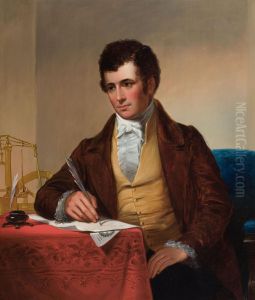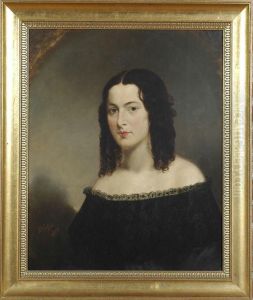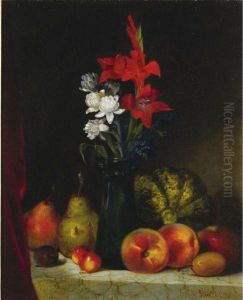James Harvey Cafferty Paintings
James Harvey Cafferty was an American painter born in 1819, known for his contributions to the genre of genre painting, which captures scenes from everyday life. His works often depicted social and historical themes with a focus on realism and attention to detail. Cafferty's paintings are notable for their narrative quality, showcasing his ability to tell stories through his art and capture the essence of American life during the 19th century.
Cafferty began his artistic journey at a young age, showing an early interest in drawing and painting. Despite the limited access to formal art education during his time, he managed to develop his skills through apprenticeships and self-study. He was particularly influenced by the works of contemporary European artists, which helped shape his style and approach to painting.
Throughout his career, Cafferty exhibited his works in various art galleries and shows, gaining recognition and praise for his talent. His paintings were appreciated for their intricate details, use of color, and the emotional depth they conveyed. Cafferty's ability to capture the nuances of human expressions and the vibrancy of American landscapes made his works stand out among his peers.
James Harvey Cafferty's contributions to American art were cut short by his untimely death in 1869. Despite his relatively brief career, his paintings have left a lasting impact on the art world, serving as valuable insights into the social and cultural aspects of 19th-century America. His works continue to be studied and admired for their historical significance and artistic merit, ensuring Cafferty's place in the annals of American art history.
